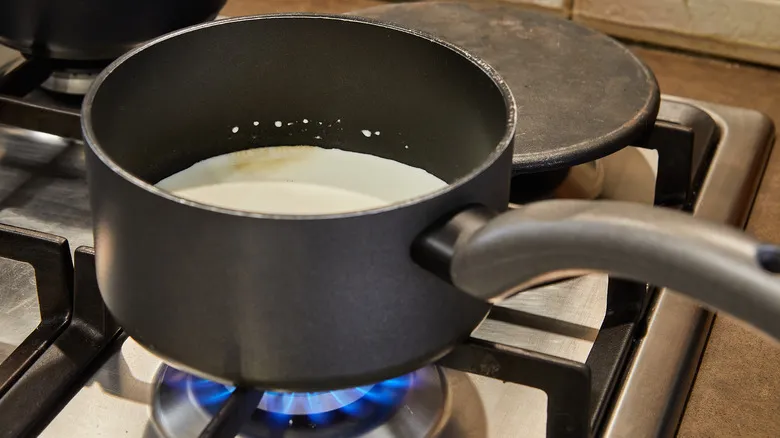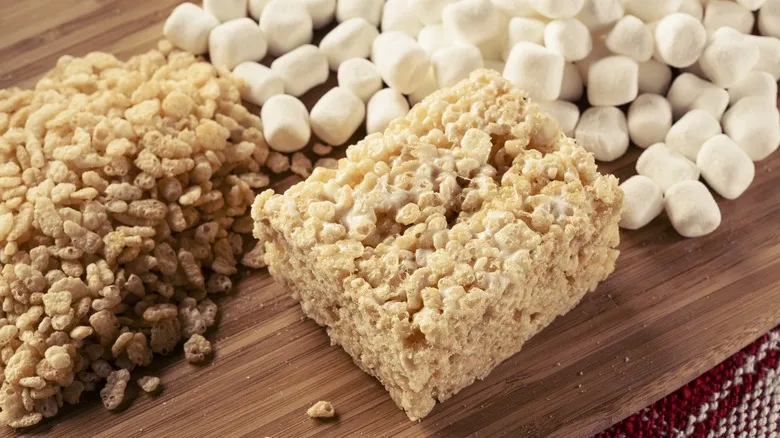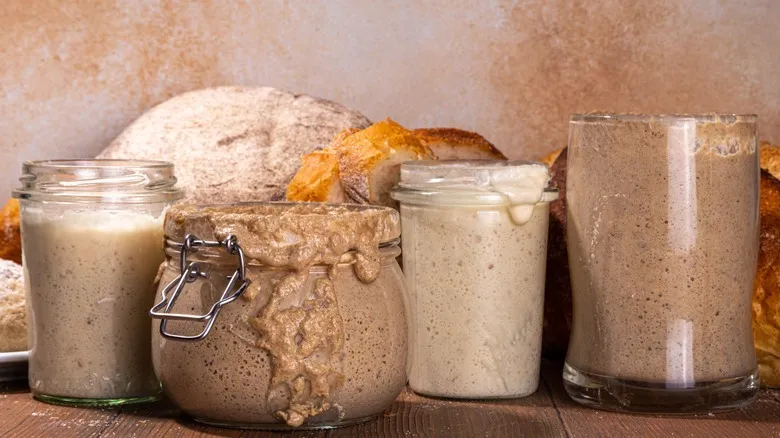The science behind chilled dough and ice baths

Chilling cookie dough is crucial for achieving that desirable soft and chewy texture, as it cools the fats and prevents the dough from spreading too much on the baking sheet. When the fats are cooler, the dough expands more slowly during baking compared to dough at room temperature or warmer, helping to avoid overly thin, large cookies. Additionally, cookies made from chilled dough often have a deeper flavor, as the cooling process allows the ingredients to blend, with the dry components absorbing moisture from the wet ones.
An ice bath is an excellent method for chilling cookie dough, as it can accomplish this in about a quarter of the time it would take in a refrigerator. It is also more effective than the fridge due to water's high heat capacity. Water requires a significant amount of energy to increase its temperature, allowing it to absorb and dissipate heat more quickly than the air in a refrigerator.
Other tips for melt-in-your-mouth chocolate chip cookies

To achieve the best results with your cookie dough, it's essential to chill it before baking. However, using eggs that are at room temperature is a simple trick that can significantly enhance your chocolate chip cookies. When eggs are at room temperature, they mix more seamlessly with the butter and sugar, resulting in a smoother, more consistent dough. This uniformity aids in the cookies rising and baking evenly. In contrast, cold eggs can lead to a separated, curdled appearance in the dough, resulting in uneven, lumpy cookies. To bring your eggs to room temperature, simply remove them from the refrigerator and let them rest on a towel for about 30 minutes before you start mixing your dough.
For irresistibly delicious chocolate chip cookies, take a cue from celebrity chef Duff Goldman, who revealed his secret to achieving perfectly gooey cookies. He advised Delish that the key is to bake the cookies just long enough for them to gain a hint of color. This creates the ideal balance, ensuring that the cookies are adequately baked on the outside while remaining soft and gooey on the inside.
Recommended

The Important Reasons A Recipe May Call For Scalding Milk

Measure Your Flour Like Ina Garten For The Best Possible Bakes

Make Richer Rice Krispie Treats With One Invisible Canned Ingredient

What's The Best Flour To Use For Your Sourdough Starter?
Next up

